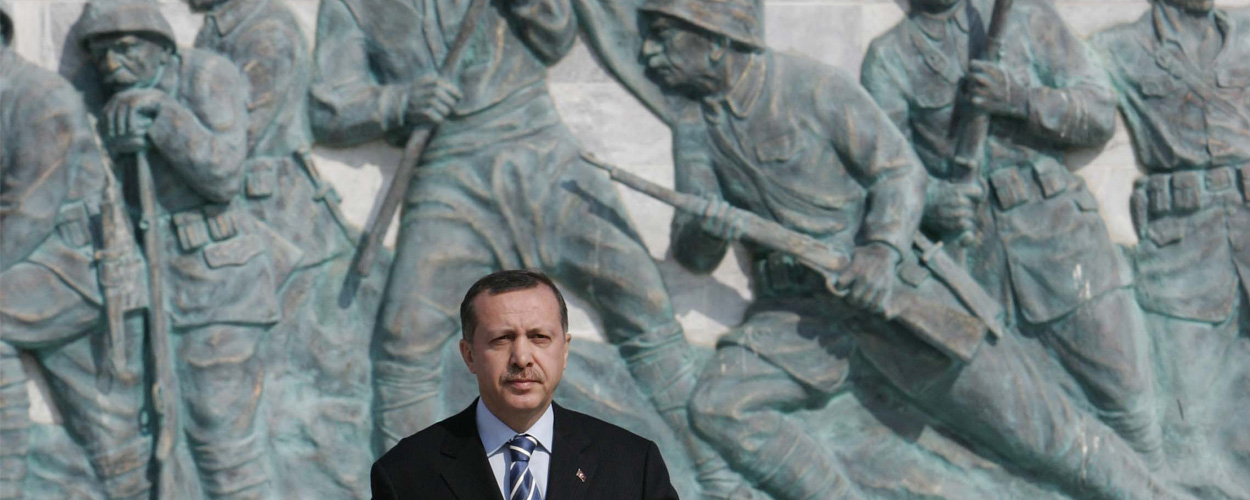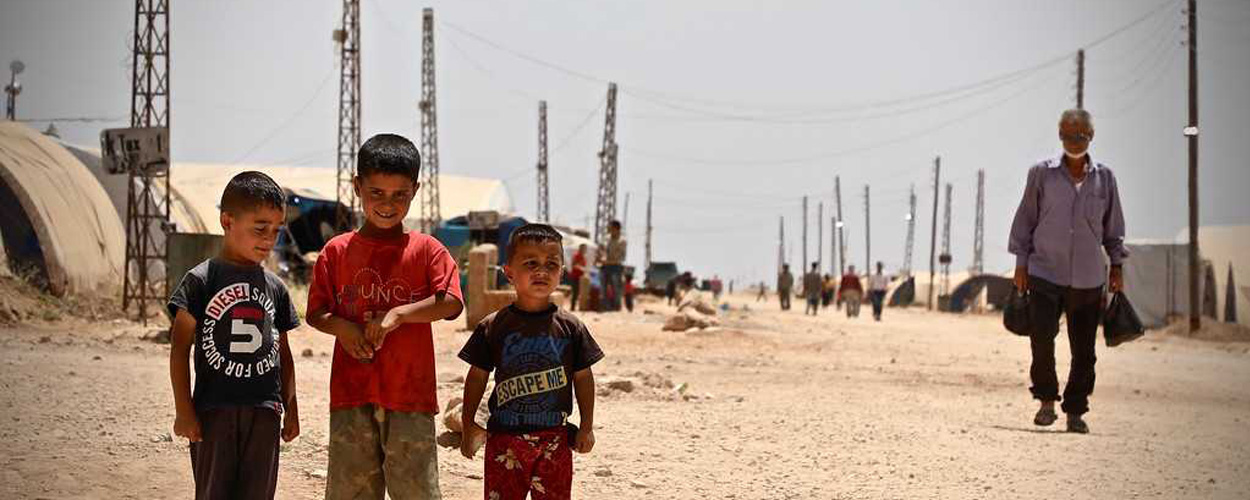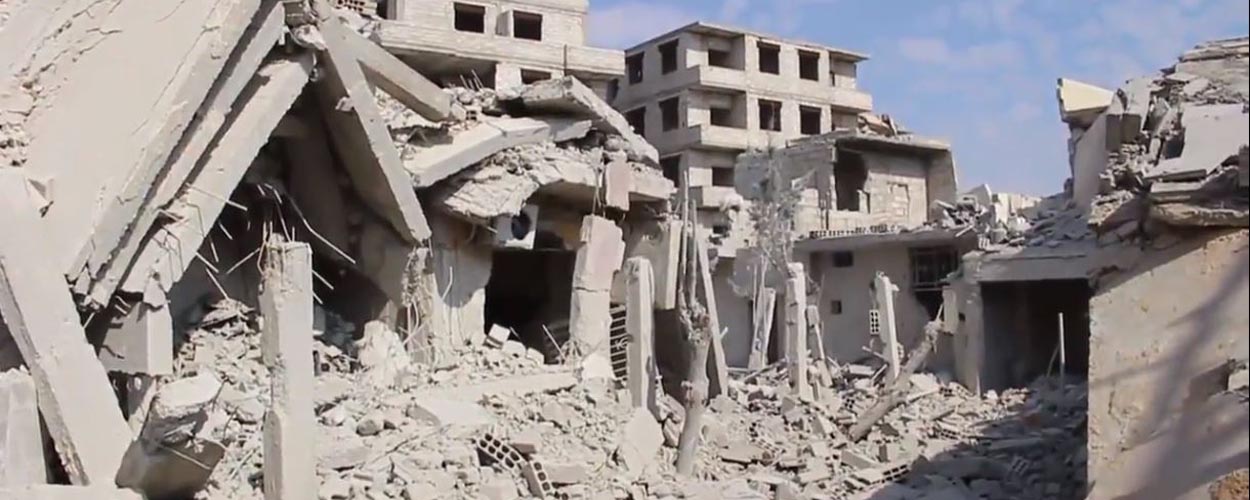Armed gangs of men and boys rampaged through the Christian Quarter of Damascus for eight days and nights in July 1860, burning, looting, raping and murdering. Colonel Charles Henry Churchill, who had served as vice-consul in Damascus before taking up permanent residence in Mount Lebanon, recorded multiple atrocities:
The violation of women, the ravishing of young girls – some in the very streets amid coarse laughs and savage jeers, – some snatched up and carried off … Men of all ages from the boy to the old man, were forced to apostasise, were circumcised, on the spot, in derision, and then put to death. The churches and convents, which, in the first paroxysm of terror, had been filled to suffocation, presented piles of corpses, mixed up promiscuously with the wounded and only half dead; whose last agonies were amidst flaming beams and calcinated blocks of stone falling in upon them with earthquake shock. The thoroughfares were choked with the slain.
The orgy of violence petered out on July 17, leaving more than 5,000 Christians dead and their neighbourhoods reduced to ash. Survivors crammed into the uncertain protection of the city’s ancient citadel, while Muslim toughs outside the walls bayed for their deaths.
Most histories of the Damascus “events” portray them as merely the aftermath of Druze massacres of as many as 20,000 Christians in Mount Lebanon the previous spring. The American-born Oxford historian Eugene Rogan’s original and thoroughly researched history demonstrates that the massacres, while related, had similar but separate causes. His fascination with the history began, as so often with good historians, while he was looking for something else.
Continue reading →










